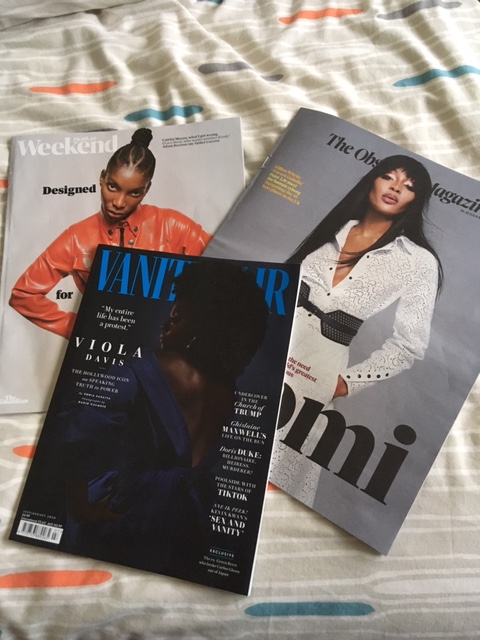In a year that made organisations reflect on race and inequality there has been a concerted effort to increase the visibility of black and minority groups of people across the media. The continued increase in the range of people seen on screen and in print has been nothing short of incredible. You don’t have to go too far back to revisit a very different time when a non-white person appearing on a main stream show or in print would cause comments and outright racism (and in some cases still does).
Growing up in the UK, positive representations of people who looked like my family and I in the media were few and far between. Trevor MacDonald or Moira Stewart reading the news (I’m betraying my age!) were the only people I remember seeing. In entertainment Lenny Henry was deemed the only black person funny enough for TV. As a black British family or Caribbean heritage, we looked to America and when Eddie Murphy broke through in the film 48 hours we were thrilled. Grassroots initiatives have seen black British talent make an impact including Lenny James, Letisha Wright, Idris Elba and John Boyega to name a few.
When the comedy Desmond’s was shown on Channel 4 my family and I all gathered to watch. Hearing and seeing a black Caribbean family on television with everyday challenges of growing kids and a distinctly Caribbean take on life was a game changer. It has to be said that change has only come when allies and black creatives have put it high on the agenda to make well rounded programmes. A range of initiatives are under way, including employing colour-blind casting, making the script about more than race plus showing documentary programmes that demonstrate the injustices that have taken place against the black community and other non-white communities in this country and more widely.
Print journalism has also suffered from a lack of black and diverse faces. The fashion and beauty print media has been particularly bad with the prevailing suggestion that a black person on the cover will affect sales. I still get excited when I see a black person has made a magazine cover or has the lead in a TV series or film; call me sad, but it has been a long struggle to this point and there is a lot more progress to be made.
My nieces and nephews, some of whom are mixed race, are now seeing the results of campaigning, alliances and the results of more diversity in the decision makers within the media. There is still so much to be done but as a black British Caribbean woman I look forward to when it is the norm.
Jocelyn Chandler-Hawkins

